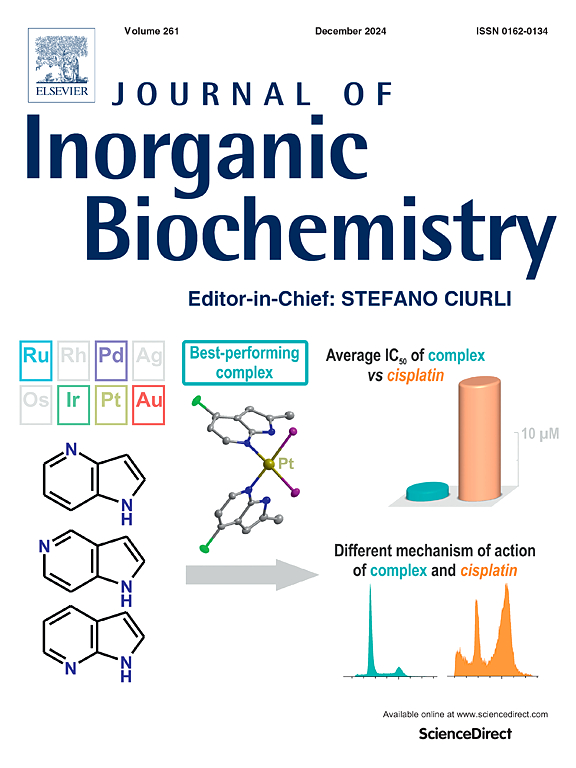Large-capacity DNA vectors based on rolling circle amplification with multivalent aptamers delivery copper sulfide for the synergistic treatment of Cancer through chemo/Photothermal/Chemodynamic therapy in vitro
IF 3.8
2区 化学
Q2 BIOCHEMISTRY & MOLECULAR BIOLOGY
引用次数: 0
Abstract
Developing multifunctional nanomedicines represents a frontier. We have engineered a high-capacity DNA vector basing rolling circle amplification for the delivery of copper sulfide nanoparticles (CuS NPs) and doxorubicin (DOX), coupled with multivalent aptamers (MA) that precisely target tumors, culminating in a multifunctional nanoplatform (RMAL1Cu@DOX), which combines the chemotherapy (CT)/photothermal therapy (PTT)/chemodynamic therapy (CDT). The vector (RMAL1) boasts exceptional biocompatibility and incorporates multiple copy units, enabling the precise loading of numerous CuS NPs, forming RMAL1Cu which possesses a robust photothermal effect and superior Fenton-like catalytic activity, heralding a project of minimally invasive dual-mode (PTT/CDT) therapy. Furthermore, the abundance of G-C of RMAL1 enabled effective DOX encapsulation through π-π interactions to construct RMAL1Cu@DOX. The MA integrated into RMAL1Cu@DOX is pivotal in enhancing the targeting of tumors and in preventing non-specific release of CuS and DOX, enabling an integrated CT/PTT/CDT. Data indicate that 1 nM of RMAL1Cu could load 270 nM of DOX with an impressive loading capacity of 77 %, and modification with MA, its tumor-targeting ability was amplified by 51-fold and significantly bolstered in vitro imaging outcomes, and the synergistic killing of B16 was as 67.3 %. This innovative nanoplatform offers a comprehensive and holistic strategy for the treatment of malignant tumors.
求助全文
约1分钟内获得全文
求助全文
来源期刊

Journal of Inorganic Biochemistry
生物-生化与分子生物学
CiteScore
7.00
自引率
10.30%
发文量
336
审稿时长
41 days
期刊介绍:
The Journal of Inorganic Biochemistry is an established international forum for research in all aspects of Biological Inorganic Chemistry. Original papers of a high scientific level are published in the form of Articles (full length papers), Short Communications, Focused Reviews and Bioinorganic Methods. Topics include: the chemistry, structure and function of metalloenzymes; the interaction of inorganic ions and molecules with proteins and nucleic acids; the synthesis and properties of coordination complexes of biological interest including both structural and functional model systems; the function of metal- containing systems in the regulation of gene expression; the role of metals in medicine; the application of spectroscopic methods to determine the structure of metallobiomolecules; the preparation and characterization of metal-based biomaterials; and related systems. The emphasis of the Journal is on the structure and mechanism of action of metallobiomolecules.
 求助内容:
求助内容: 应助结果提醒方式:
应助结果提醒方式:


